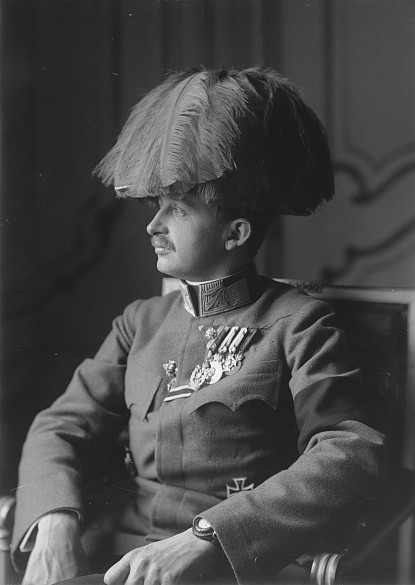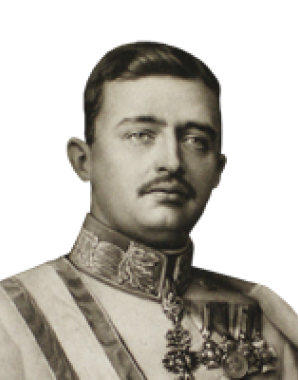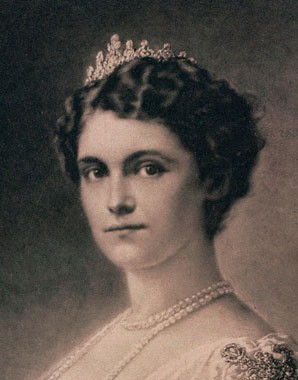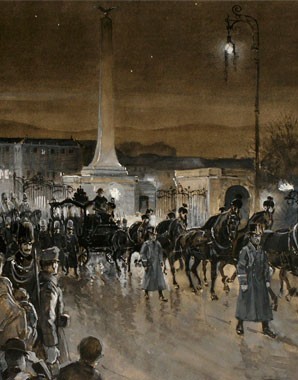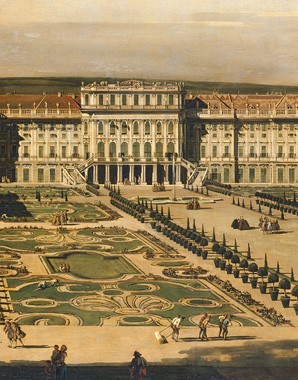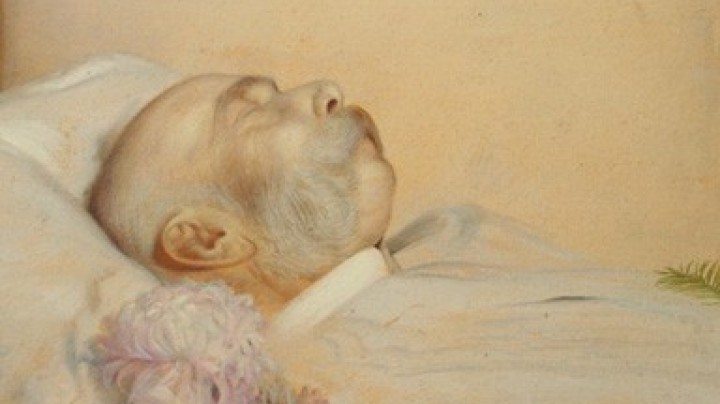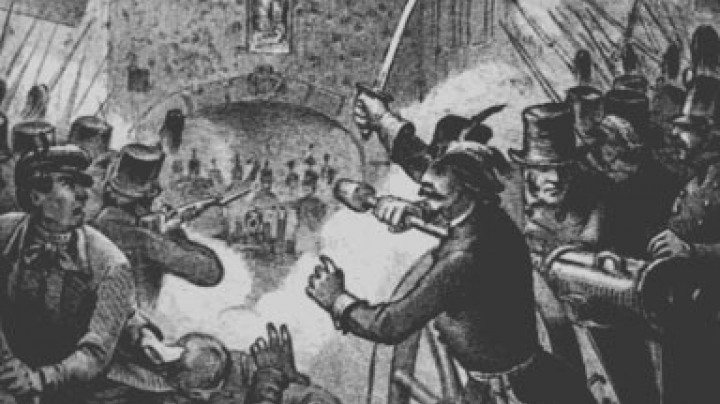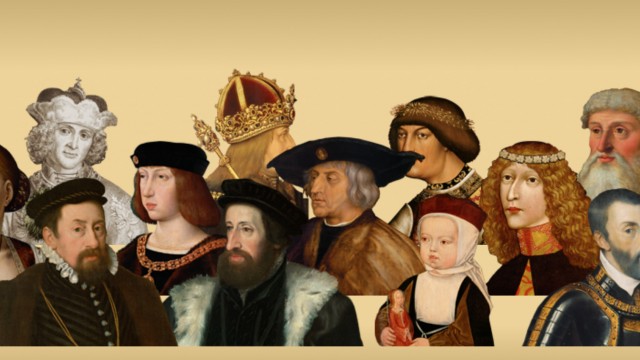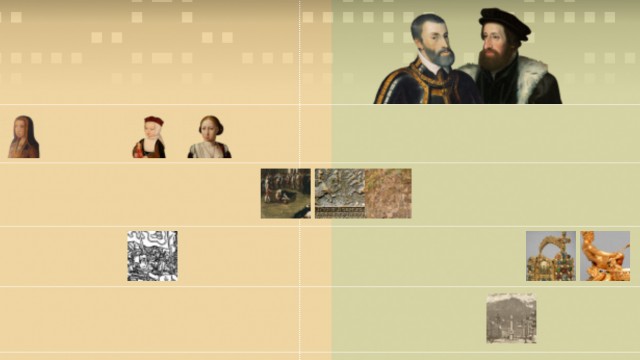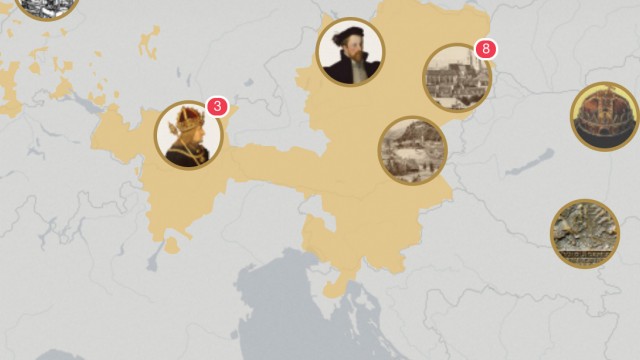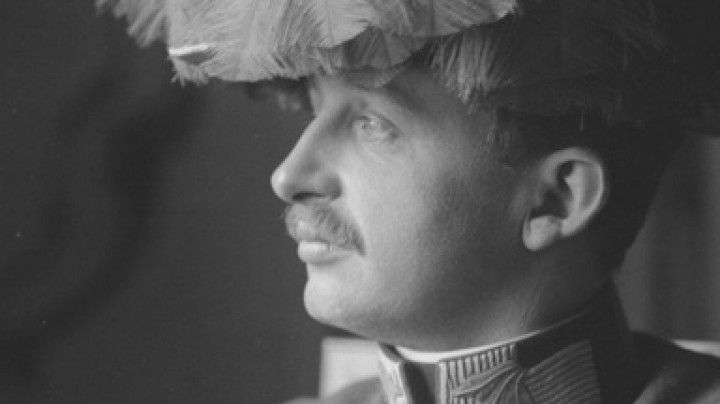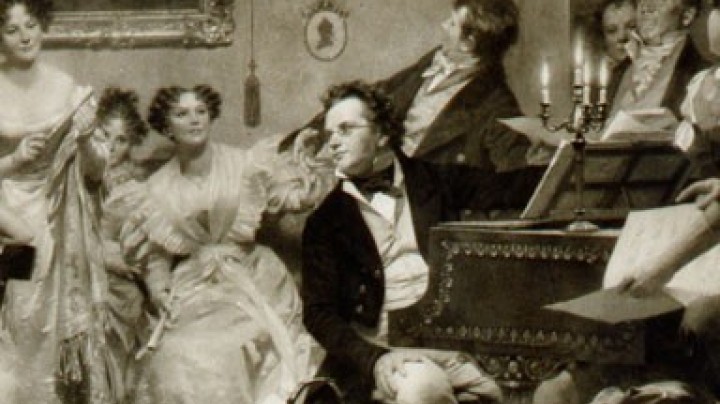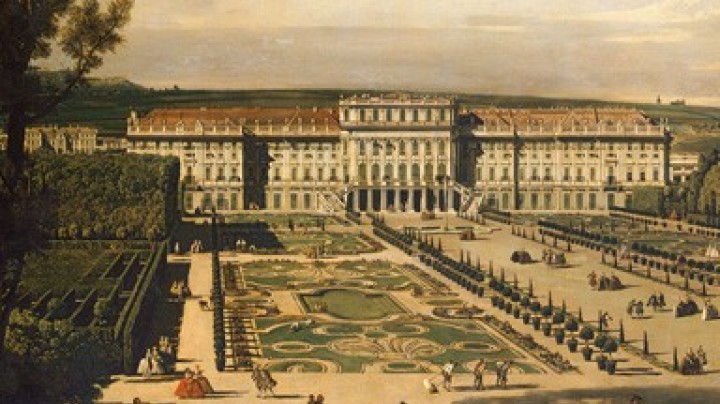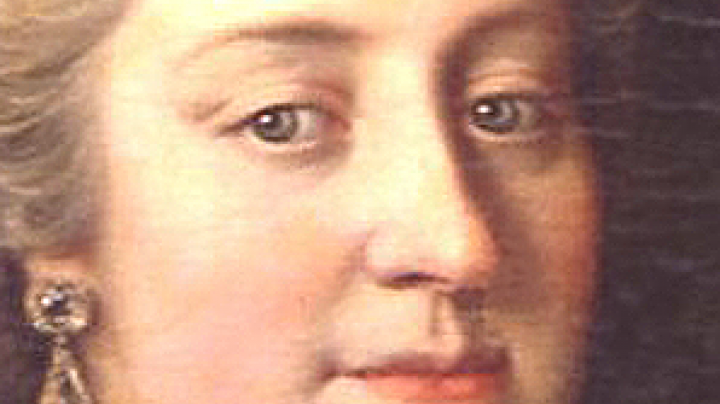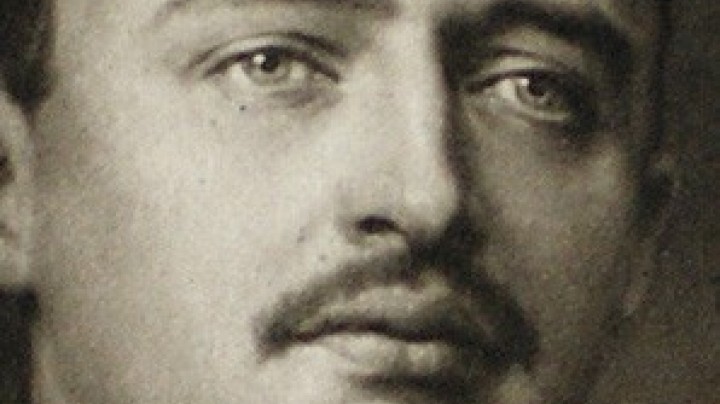The final days of the Monarchy
In the last days of October 1918 events followed in rapid succession. Having existed for nearly 640 years, Habsburg dominion in Austria collapsed within just a few days.
On 23 October 1918 the imperial family travelled to Hungary, where the situation was still somewhat more stable, in order to assure themselves of the continued loyalty of the Hungarian government. They took up quarters at Gödöllö, as the situation in Budapest was already too dangerous. On the 26 October the imperial couple made a hasty return to Vienna, having received the news that the army was disbanding. As a sign that they were not simply taking flight, they initially left their children behind in Hungary.
On the same day Emperor Karl revoked the military alliance with Germany, and on 27 October appointed a new government with Heinrich Lammasch as prime minister. This last imperial government had de facto lost the Empire, as the newly formed national councils had already taken over local power, even in German Austria: after all the other national representatives had revoked their affiliation with the Habsburg Monarchy, on 30 October the representatives of German Austria also disassociated themselves.
Thus in the days following the collapse of power, two governments were active in Vienna: the imperial government under the leadership of Lammasch, which was virtually powerless to act, and the government of German Austria, a political entity without a constitution and with borders that had yet to be defined.
When the end of the war and the subsequent demobilization of troops were officially announced on 3 November 1918 the collapse of Austria-Hungary was inevitable. As Karl persistently refused to abdicate, he was persuaded by the imperial ‘government of liquidation’ under Lammasch to sign a document at Schönbrunn on 11 November 1918 declaring his renunciation of all further participation in the affairs of state. This formally marked the end of Habsburg rule.
Karl and Zita spent the final few days of the Monarchy at Schönbrunn Palace, which was seen as the last bastion of Habsburg power. A few rooms were hastily made ready for the imperial couple, as the regular apartments of the imperial family were a building site: Schönbrunn had been scheduled for thorough renovation after the death of the old Emperor Franz Joseph, but the work had come to a standstill and been left in a half-finished state because of the war. Karl and Zita thus moved into the apartments of Maria Theresa, which had last been used as a guest suite. It was in the Blue Salon of these apartments that the negotiations for the transfer of power took place. After Karl had signed the document renouncing his participation in the affairs of state, the imperial couple took their leave of their last faithful supporters. Cars were waiting in the courtyard below. In order to attract as little attention as possible, the motorcade left the park through a side gate rather than the main entrance to the palace.
